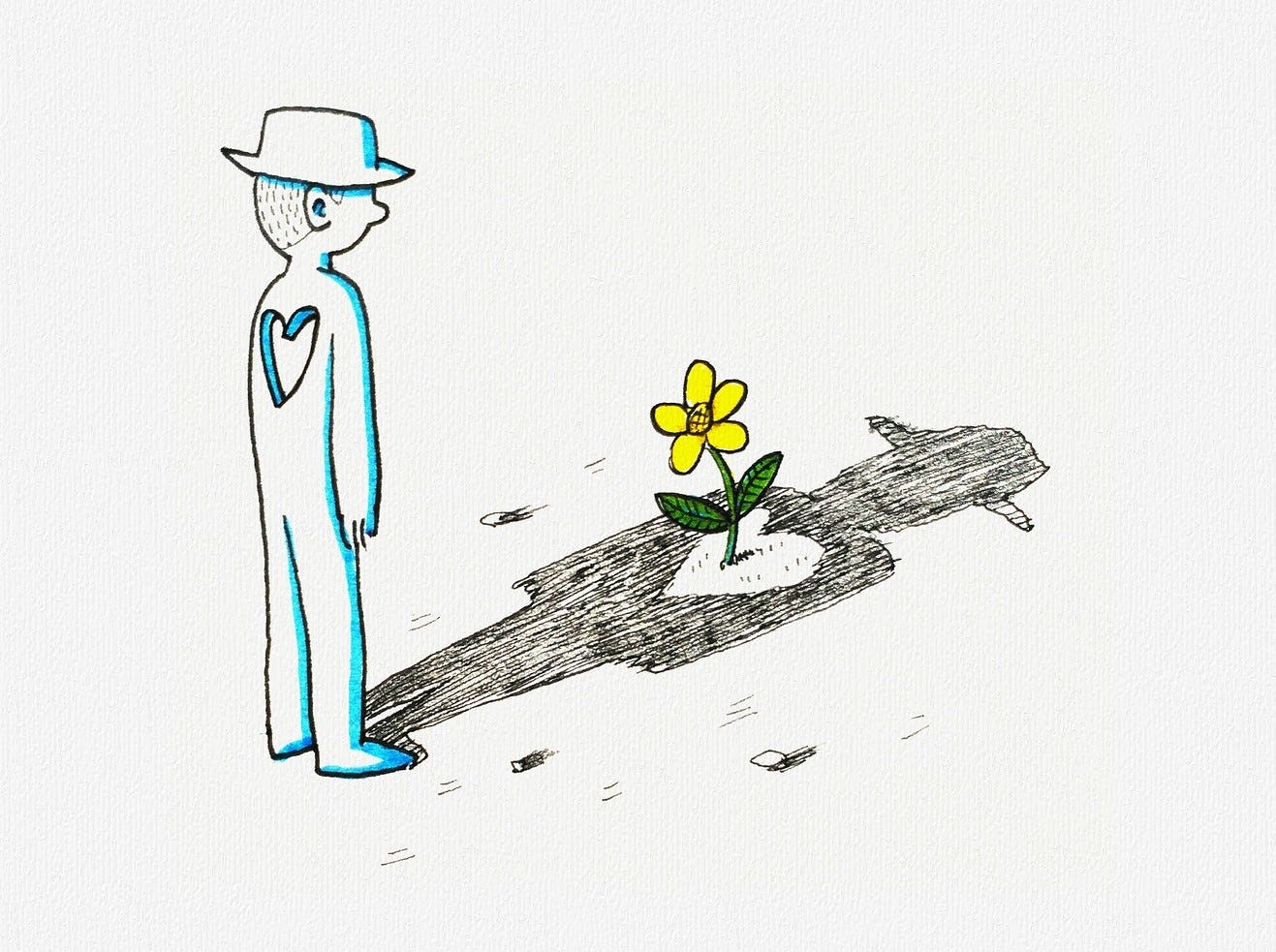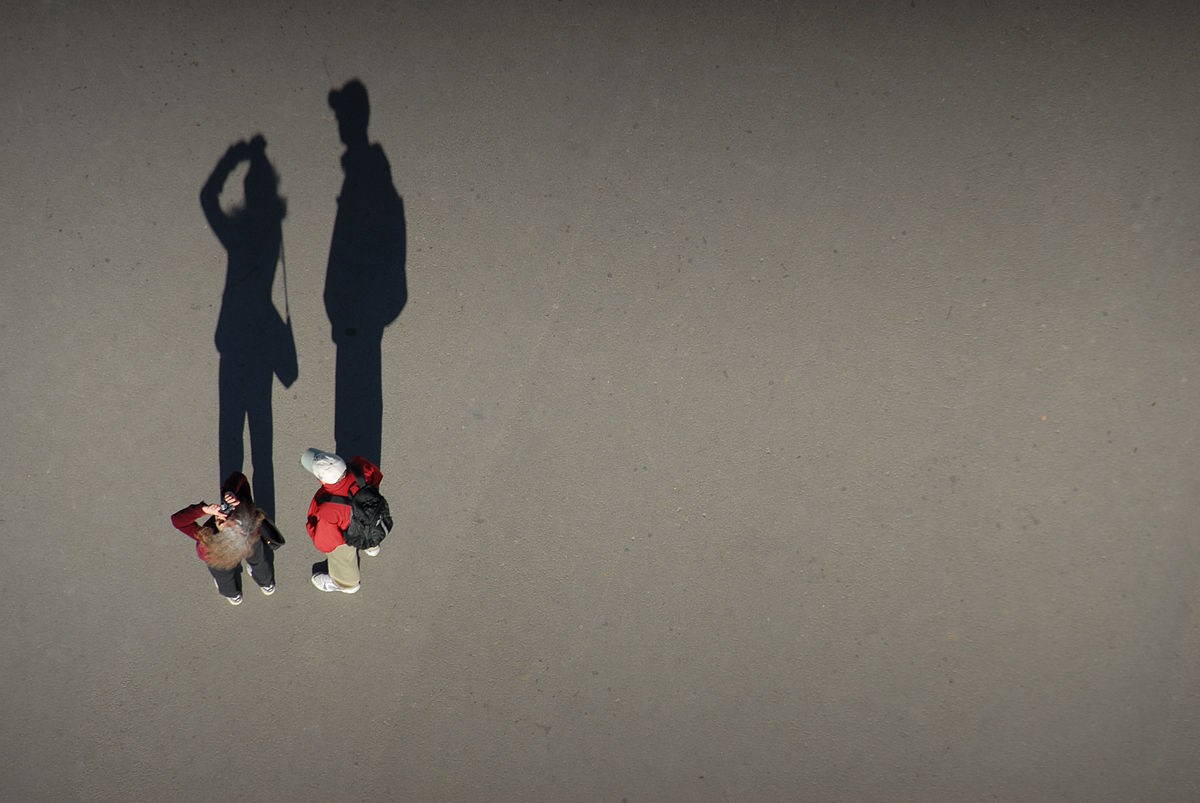The Importance of Shadows in Photography and Design
Shadows play a crucial role in both photography and design, as they have the power to enhance visual impact and create depth. By manipulating shadows, photographers and designers can add texture, dimension, and drama to their work. Understanding the importance of shadows allows artists to effectively communicate their intended message or evoke specific emotions in viewers.
In photography, shadows can be used to emphasize certain elements or create interesting patterns. They can help define shapes and contours, adding a sense of realism and three-dimensionality to an image. Shadows also contribute to the overall composition by providing balance and contrast. Whether it’s capturing the long shadow cast by a tree at sunset or using studio lighting techniques for dramatic effects, skilled photographers know how to harness the power of shadows.
Similarly, in design, shadows are employed strategically to give objects a sense of depth on digital platforms or printed materials. The use of drop shadows or gradients helps separate different elements within a layout while creating an illusion of layers. Shadows not only provide visual interest but also guide the viewer’s attention towards important information or focal points within a design piece.
By paying attention to light sources and understanding how they interact with objects in both photography and design processes, artists can manipulate shadows creatively for impactful results. Skillfully utilizing these techniques enables them to bring life into their artwork through enhanced textures, added dimensions, heightened drama,and captivating aesthetics that engage viewers on multiple levels.
Understanding the Role of Shadows in Creating Depth and Texture
Shadows play a crucial role in photography and design by adding depth and texture to an image. They create visual interest and provide a sense of realism that can elevate the overall quality of an artwork or photograph. By understanding how shadows work, artists and designers can manipulate them to enhance their creations.
One important aspect of shadows is their ability to create depth in an image. Shadows give objects a three-dimensional appearance by showing the variation in light intensity across different surfaces. This creates a sense of space and distance, making the artwork or photograph feel more realistic. By strategically placing light sources and manipulating shadows, artists can control the perception of depth within their compositions.
In addition to creating depth, shadows also contribute to the texture of an image. The interplay between light and shadow highlights the contours, lines, and details of objects, bringing them to life on paper or screen. Shadows add richness and complexity to textures such as fabrics, landscapes, or architectural elements. By carefully considering where shadows fall within a composition, artists can emphasize certain textures while downplaying others for maximum impact.
Understanding how shadows influence depth and texture is essential for any artist or designer looking to create visually captivating works. By harnessing the power of shadows through intentional lighting techniques and strategic placement within compositions, artists can unlock new levels of creativity in their artforms.
Exploring Different Types of Shadows and Their Effects
Different types of shadows play a crucial role in photography and design, as they can greatly impact the overall composition and visual appeal of an image. One type of shadow is the cast shadow, which is formed when an object blocks light from reaching a surface. Cast shadows not only add depth to an image but also provide important information about the shape and position of objects within a scene.
Another type of shadow that photographers and designers often work with is the drop shadow. This effect involves adding a simulated shadow behind an object to create a sense of separation between it and its background. Drop shadows are commonly used in graphic design to give elements such as text or icons a three-dimensional appearance, making them appear more prominent on a page or screen.
Additionally, there are also soft shadows, which have blurred edges and create a gentle transition between light and dark areas. Soft shadows can be used to evoke feelings of calmness or subtlety in an image, depending on their size and intensity. On the other hand, hard-edged shadows have well-defined borders and can convey a sense of sharpness or precision. By understanding how different types of shadows behave, photographers and designers can effectively manipulate them to enhance texture, depth, mood, and overall visual impact in their artwork.
Techniques for Manipulating and Enhancing Shadows in Your Artwork
One effective technique for manipulating and enhancing shadows in your artwork is through the use of lighting. By strategically placing lights at different angles, you can create shadows that add depth and dimension to your composition. Experiment with different light sources, such as spotlights or diffused natural light, to achieve the desired effect. Additionally, consider adjusting the intensity and direction of the light to control the size and shape of the shadows.
Another method for manipulating shadows is through post-processing techniques in digital art or photography. Software programs like Photoshop offer a range of tools that allow you to adjust shadow levels, contrast, and saturation. This gives you greater control over how shadows appear in your artwork. For example, you can darken or lighten specific areas to create more dramatic or subtle effects.
Incorporating elements of transparency can also enhance the manipulation of shadows in your artwork. By using materials with varying degrees of opacity or by layering multiple images together, you can create interesting interactions between light and shadow. This technique adds complexity and visual interest to your work by allowing viewers to see both what lies behind an object as well as its shadowy presence.
By exploring these techniques for manipulating and enhancing shadows in your artwork, you can elevate its impact on viewers. Whether it’s through careful lighting setups during shooting or utilizing post-processing tools for digital creations, understanding how to effectively manipulate shadows will enable you to bring depth, texture, drama, and emotion into your artistic expression without limitations imposed by traditional boundaries.
Unleashing the Power of Shadows in Architectural and Interior Design
Shadows play a crucial role in architectural and interior design, as they have the power to transform spaces and create a sense of drama and depth. By strategically placing light sources and manipulating shadows, designers can enhance the visual appeal of a space and evoke specific emotions in its occupants.
In architectural design, shadows can be used to highlight key features or elements of a building. For example, by casting shadows on textured walls or intricate facades, architects can add dimensionality and interest to an otherwise plain surface. Shadows also help define the form and shape of a structure, emphasizing its unique characteristics.

Interior designers often utilize shadows to create ambiance and atmosphere within a space. By carefully positioning lighting fixtures such as lamps or spotlights, designers can cast intriguing shadow patterns on walls or floors. These dynamic interplays between light and shadow not only add visual interest but also contribute to the overall mood of the room.
Furthermore, shadows can be employed to control natural light in both architectural exteriors and interiors. Through techniques like sun shading devices or strategic placement of windows, architects can manipulate sunlight entering a building. This allows for better energy efficiency by reducing heat gain during hot summer months while still allowing sufficient natural light into living areas.
Shadows in Fashion and Product Photography: Adding Drama and Emotion
Shadows play a crucial role in fashion and product photography, as they have the ability to add drama and emotion to an image. By strategically placing shadows, photographers can create depth and dimension, enhancing the overall visual impact of their work.
In fashion photography, shadows can be used to highlight certain features or details of clothing or accessories. They can help define the shape and silhouette of a garment, adding an element of mystery or allure. Shadows can also be employed to create contrast and emphasize textures, making fabrics appear more tactile and luxurious.
In product photography, shadows are often used to give objects a sense of weight and realism. By casting shadows in specific directions, photographers can simulate natural lighting conditions that enhance the three-dimensional qualities of products. This technique adds depth and dimensionality to flat images while creating an emotional connection with viewers.
By understanding how shadows interact with light sources and subjects in both fashion and product photography settings, photographers can effectively manipulate them for artistic purposes. The strategic use of shadows allows for creative storytelling through imagery by evoking different moods or emotions within viewers. Whether it’s adding intrigue or highlighting intricate details, mastering shadow placement is essential for capturing attention-grabbing photographs that leave a lasting impression on audiences.
The Psychological Impact of Shadows in Visual Communication
Shadows play a significant role in visual communication, evoking various psychological responses and influencing the way we perceive images. The presence or absence of shadows can greatly impact the mood, atmosphere, and overall message conveyed by a visual composition. By manipulating shadows strategically, designers and photographers can create powerful visuals that resonate with viewers on an emotional level.
One psychological effect of shadows is their ability to add depth and dimension to an image. Shadows create a sense of three-dimensionality by highlighting the contrast between light and dark areas. This adds realism to photographs and designs, making them more visually engaging. Moreover, shadows can also enhance texture by accentuating details through varying degrees of darkness or softness.
In addition to depth and texture, shadows have the power to evoke emotions within viewers. Depending on their intensity, direction, or shape, they can convey feelings such as mystery, intrigue, fear, or tranquility. For example, long and distorted shadows cast by objects in dim lighting often elicit a sense of unease or suspense in horror movies. On the other hand, soft diffused shadows created by gentle sunlight may evoke feelings of warmth and serenity in landscape photography.
By understanding how shadows influence our perception and emotions in visual communication contexts like advertising campaigns or website design elements), designers can harness their power effectively for desired outcomes. Shadows are not merely technical aspects but rather tools that enable artists to craft narratives through imagery that resonates deeply with audiences’ subconscious minds.
Shadows as Symbols: Unveiling Hidden Meanings in Art and Literature
Shadows have long been utilized as powerful symbols in art and literature, offering a deeper layer of meaning to the work. In this realm, shadows can represent hidden truths or aspects of a character’s personality that are not immediately apparent. They serve as visual metaphors for the complexities and depths of human nature.
In art, shadows can be used to convey emotions or create a sense of mystery. For example, a figure cast in shadow may suggest secrecy or ambiguity, leaving viewers to question the intentions or motives of the subject. Similarly, in literature, authors often employ shadows as symbolic devices to explore themes such as duality or moral ambiguity. By using shadows in their storytelling, writers invite readers to delve into the underlying layers of meaning within their narratives.
Moreover, shadows can also symbolize transformation and change. Just as light casts different shades depending on its angle and intensity, so too do individuals evolve over time. Shadows can capture these transformative moments by representing the shifting identities and experiences that shape our lives. Through this symbolism, artists and writers illuminate the impermanence inherent in existence while inviting audiences to reflect upon their own personal journeys.
By incorporating shadows as symbols into their creations, artists and writers tap into a universal language that resonates with audiences across cultures and generations. The use of these symbolic representations adds depth and complexity to artistic expressions while allowing viewers and readers alike to engage with profound concepts on an emotional level. Thus, it is through understanding the hidden meanings behind shadows that we gain insight into both artistry itself and our collective human experience.
The Role of Shadows in Cinematography: Creating Atmosphere and Suspense
Shadows play a crucial role in cinematography, as they have the power to create atmosphere and suspense. By manipulating shadows, filmmakers can enhance the mood of a scene and evoke certain emotions in the audience. Shadows can be used to add depth, mystery, and tension to a shot, making it more visually captivating.
One way shadows contribute to creating atmosphere is through their ability to set the tone of a scene. For example, deep and dark shadows can convey feelings of fear or danger, while softer and lighter shadows may suggest tranquility or romance. By carefully controlling the placement and intensity of shadows, cinematographers can establish the desired ambiance for each scene.
In addition to setting the mood, shadows also play an essential role in building suspense. The strategic use of shadowy figures or objects lurking in darkness can heighten anticipation and keep viewers on edge. The contrast between light and shadow creates visual tension that engages our senses and makes us curious about what might happen next. This technique is commonly employed in thrillers or horror films where every flickering shadow becomes significant for building up suspenseful moments.
By skillfully incorporating shadows into their compositions, cinematographers have the ability to transform ordinary scenes into extraordinary ones that captivate audiences emotionally. Whether it’s using harsh lighting with strong contrasts or subtle shading techniques that hint at hidden secrets, mastering the art of shadow manipulation allows filmmakers to create powerful visuals that leave a lasting impact on viewers’ minds.
Embracing the Beauty of Shadows: Inspiring Creativity and Emotion
The beauty of shadows lies in their ability to evoke emotions and ignite creativity within us. Shadows add depth, contrast, and intrigue to any artistic or design endeavor. Whether it’s a photograph, a painting, or an interior space, the presence of shadows can transform the ordinary into something extraordinary.
When we embrace the beauty of shadows in our creative pursuits, we open ourselves up to new possibilities and perspectives. Shadows have an uncanny way of drawing our attention and guiding our focus towards specific elements or details. They create a sense of mystery and allure that captivates viewers and sparks their imagination.
In photography, for example, shadows can be used strategically to enhance the mood or narrative of an image. By playing with light sources and angles, photographers can manipulate shadows to convey different emotions – from tranquility to drama. The interplay between light and shadow adds dimensionality and visual interest to photographs, making them more compelling and memorable.
Similarly, in other forms of art such as painting or sculpture, embracing the beauty of shadows allows artists to explore texture and form in unique ways. Shadows can emphasize contours or create illusions that challenge our perception of reality. By skillfully incorporating shadows into their work, artists are able to elicit strong emotional responses from viewers.
By recognizing the power that shadows hold in inspiring creativity and evoking emotion, we unlock endless possibilities for artistic expression across various mediums. Embracing the beauty of shadows is not only about harnessing their aesthetic appeal but also about tapping into their potential as storytelling tools. So next time you embark on a creative project or simply observe your surroundings with intent – take a moment to appreciate how shadows contribute to its overall impact.



